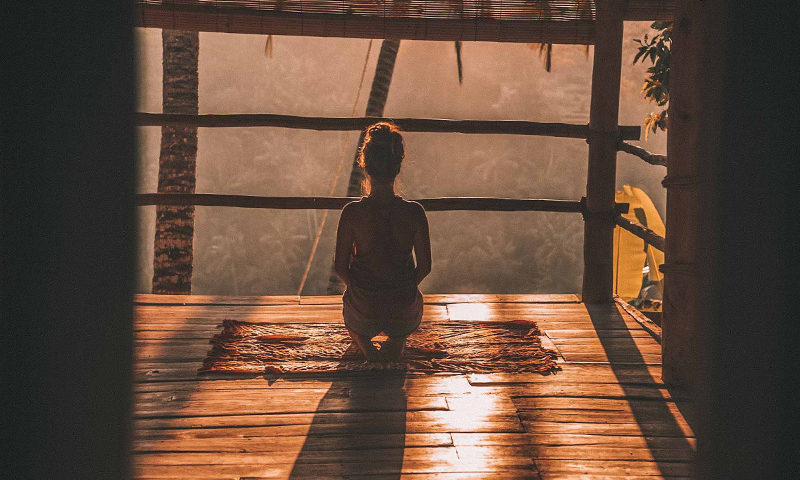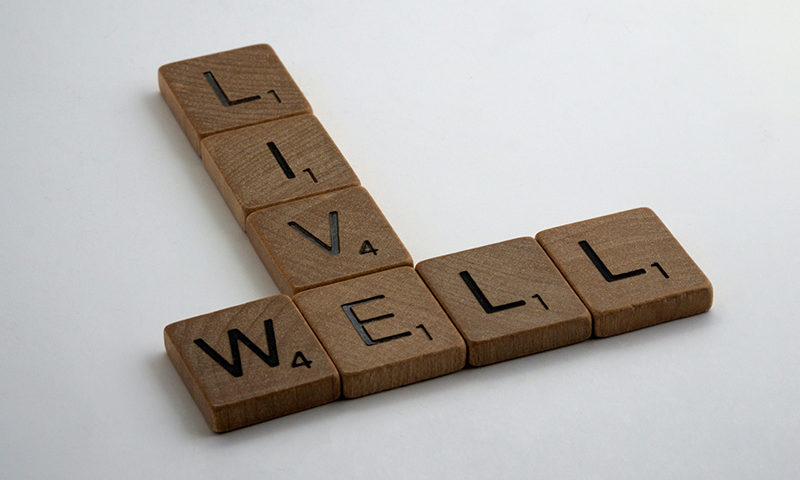Five takeaways:
- While traditional religiosity and belief has been on a rapid decline in America, many overlook the fact that Americans are far more likely than people in other developed nations to practice religious or spiritual behavior
- A 2017 Pew Research Center survey showed that 48 percent of respondents considered themselves both religious and spiritual, and another 27 percent said they are spiritual but not religious.
- So why the rise of nonreligious spirituality? Spiritual experiences—traditionally religious or otherwise—give us unique insights into life that cannot be found anywhere else. They give us insight and connect us with “bigger” and more meaningful ideas about existence.
- Spiritual practice has a real effect on the brain as well: Researchers have shown that a spiritual experience reduces activity in brain regions associated with sensory and emotional processing—thus, perhaps, helping people escape the virtual prison of overthinking and rumination. Studies have also shown that medical patients reported better quality of life if spiritual-care professionals (such as chaplains) were involved in their care along with doctors and nurses.
- Brooks’ three tips for bringing more spirituality and transcendence into your life are to:
- Start Simply – don’t go on a thirty-day Himalayan retreat right off of the bat. Do smaller, easier practices such as going on walks without your phone.
- Read More – Start reading widely from the wisdom literatures and be careful not to start with the densest texts.
- Let Go – Reject the urge to over-analyze. Strive to be more accepting of certain experiences at face value and accept your gut reactions rather than overanalyzing and overintellectualizing things. Acceptance, acceptance, acceptance.
From Arthur C. Brooks at The Atlantic:
Read the whole story.
Note: At the time of this posting The Atlantic offers five free article views per month.
This site may contain links to articles or other information that may be contained on a third-party website. Advisory Services Network, LLC and MAP Strategic Wealth Advisors are not responsible for and do not control, adopt, or endorse any content contained on any third party website. The information and material contained in linked articles is of a general nature and is intended for educational purposes only. Links to articles do not constitute a recommendation or a solicitation or offer of the purchase or sale of securities.




